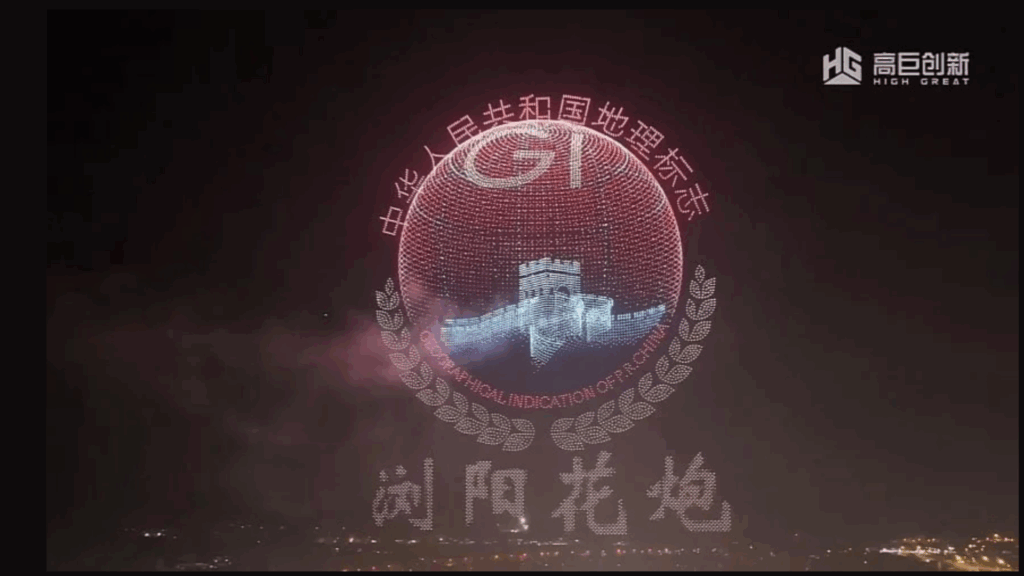- Nearly 16,000 drones formed the largest synchronized display ever recorded.
- The performance achieved double Guinness World Records for drone coordination performance.
- China replaced the chemical combustion of fireworks with digitally programmed light choreography.
Liuyang, often called the “fireworks capital of the world”, has added another milestone to its history.
About two weeks ago, nearly 16,000 drones took to the skies in what is now the largest synchronized drone display ever recorded.
The show involved 15,947 units, each following a programmed flight path to create towers, flowers and a glowing “Sky Tree”.
Double GWR for one show
The event earned two Guinness World Records, one for the number of drones controlled from a single computer and another for the 7,496 units that set off fireworks during the performance.
The show, organized by Gaoju Innovation with the support of Liuyang’s pyrotechnic experts, was titled “A Firework Belonging to Me.”
The concept replaced gunpowder with software, transforming what was once a chemical art into a digital one.
Each drone’s movements were guided through RTK positioning and mesh networks, with updates sent in real time to maintain precision.
The technology used in this operation mirrors the same kind of engineering that powers navigation systems and autonomous control.
In this case, it directs a performance on a massive scale.
However, such shows can fail, as seen in a previous Liuyang event where malfunctioning drones caught fire and fell towards the crowd.
Such incidents reveal how fragile large-scale drone operations can be.
Coordinating thousands of lithium-powered flying devices requires exacting precision, and any software glitch can turn a record-breaking feat into a safety hazard.
While the drones used are far more advanced than typical entry-level drone models, the risks remain, especially when weather and communication interference come into play.
What stands out about this achievement is not only its beauty, but also its potential applications beyond entertainment.
The same systems that enable synchronized light formations could easily be adapted for mapping, signal jamming, or other coordinated tasks.
The overlap between performance technology and military research is clear, raising questions about how far drone control systems can advance.
While the show was presented as a celebration of creativity and national pride, it also demonstrated capabilities that could interest defense strategists as much as event organizers.
China’s latest record may encourage other countries to try similar displays, pushing drone technology further into mainstream use.
For now, it remains an impressive example of how precision programming can turn hardware into art.
Via AV Magazine
Follow TechRadar on Google News and add us as a preferred source to get our expert news, reviews and opinions in your feeds. Be sure to click the Follow button!
And of course you can too follow TechRadar on TikTok for news, reviews, video unboxings, and get regular updates from us on WhatsApp also.



